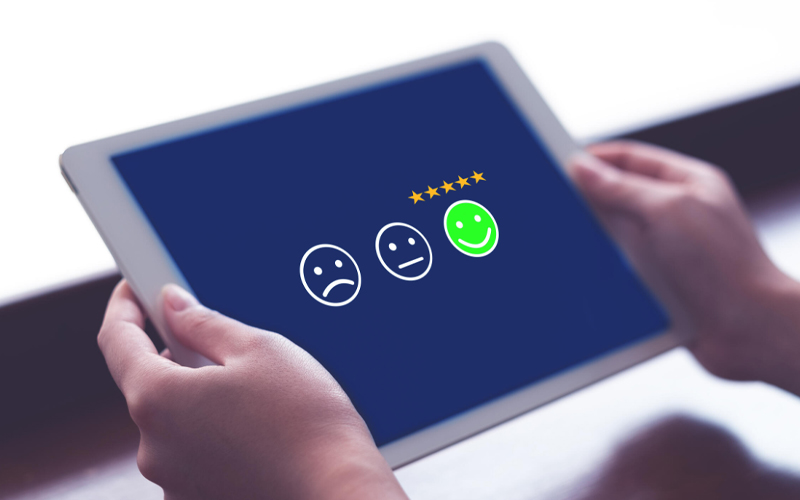Delve into the realm of crafting digital beings, where imagination meets technology to bring forth entities that blur the line between the virtual and the real. Let's unravel the intricacies involved in sculpting a digital human that not only mirrors human-like attributes but also captivates and engages users across diverse platforms.
A step-by-step guide to creating a digital human
Concept and design
- Define the purpose: Decide what your digital human will do (e.g., virtual assistant).
- Sketch and plan: Draw concept art and plan out the look, personality, and behaviours of the character.
Character modelling:
- Use character-creation tools
- MetaHuman Creator: Quickly generate a realistic human model.
- MakeHuman or Daz 3D: Create and customise 3D human models.
- Refine in 3D modelling software:
- Blender: Import the model and refine details, sculpt features, and add textures.
Rigging:
- Skeleton setup: Create a skeleton for the model to allow for movement.
- Weight painting: Assign weights to the model's vertices so they move naturally with the skeleton.
- Auto-rigging tools:
- Mixamo: Automatically rig your character for basic animations.
Texturing and shading:
- Apply textures: Use high-resolution textures for skin, hair, and clothing.
- Shading: Use realistic shading techniques to give the model a lifelike appearance.
- Tools: Use Substance Painter for detailed texture work.
Facial animation:
- Blendshapes/Morph Targets: Create different facial expressions and lip-sync shapes.
- Facial capture tools:
- Faceware or Apple ARKit: Capture facial movements and apply them to your model.
Body Animation:
- Motion capture:
- Perception Neuron or Kinect: Capture body movements.
- Manual animation:
- Blender: Animate the character manually or use pre-made animations.
- Mixamo: Use pre-made animations and adapt them to your character.
Voice and speech:
- Voice recording: Record voiceovers or use text-to-speech tools like Amazon Polly or Google Text-to-Speech.
- Lip syncing: Sync the voice with the facial animations using tools like Adobe Character Animator.
AI integration:
- Natural language processing: Use models like OpenAI GPT to enable your character to understand and generate human-like text.
- Machine learning: Use frameworks like TensorFlow or PyTorch to create interactive behaviours.
Integration into the environment:
- Game engines: Import your digital human into a game engine like Unreal Engine or Unity.
- Setup interactions: Script behaviours and interactions within the environment.
Testing and Refinement:
- Debugging: Test the digital human in various scenarios to ensure it behaves as expected.
- Refinement: Make necessary adjustments to animations, textures, and interactions based on feedback.
By following these steps with the right tools, you can create a digital human that looks, moves and interacts like a real person.
Benefits of digital humans
- Enhanced user engagement: Digital humans create immersive and memorable experiences, fostering deeper connections and engagement with users.
- Scalability and efficiency: They enable organisations to scale their services and operations without compromising quality, reducing response times and increasing productivity.
- Data-driven insights: Digital humans generate valuable user interaction data, driving insights into consumer behaviour, preferences, and needs, which can inform strategic decision-making and product development.
Advantages of enabling digital humans
Personalisation: They can be customised to fit specific needs, whether it's in customer service, training or development.
24/7 availability: Digital humans can be available around the clock, providing consistent service support.
Scalability: They can interact with multiple users simultaneously, making them ideal for handling large volumes of inquiries or interactions.
Consistency: Digital humans deliver consistent messaging and brand representation, reducing the risk of miscommunication or inconsistency.
Cost-effectiveness: Once developed, digital humans can be deployed across various platforms and channels, potentially reducing costs associated with human labour.
Accessibility: They can be programmed to accommodate different languages, accessibility needs, and communication preferences, making them inclusive and accessible to a broader audience.
In summary, digital humans represent a paradigm shift in human-computer interaction, offering a versatile and impactful toolset for diverse industries. By leveraging generative AI integration, organisations can unlock the full potential of digital humans, driving innovation, efficiency, and value creation in the digital era.








